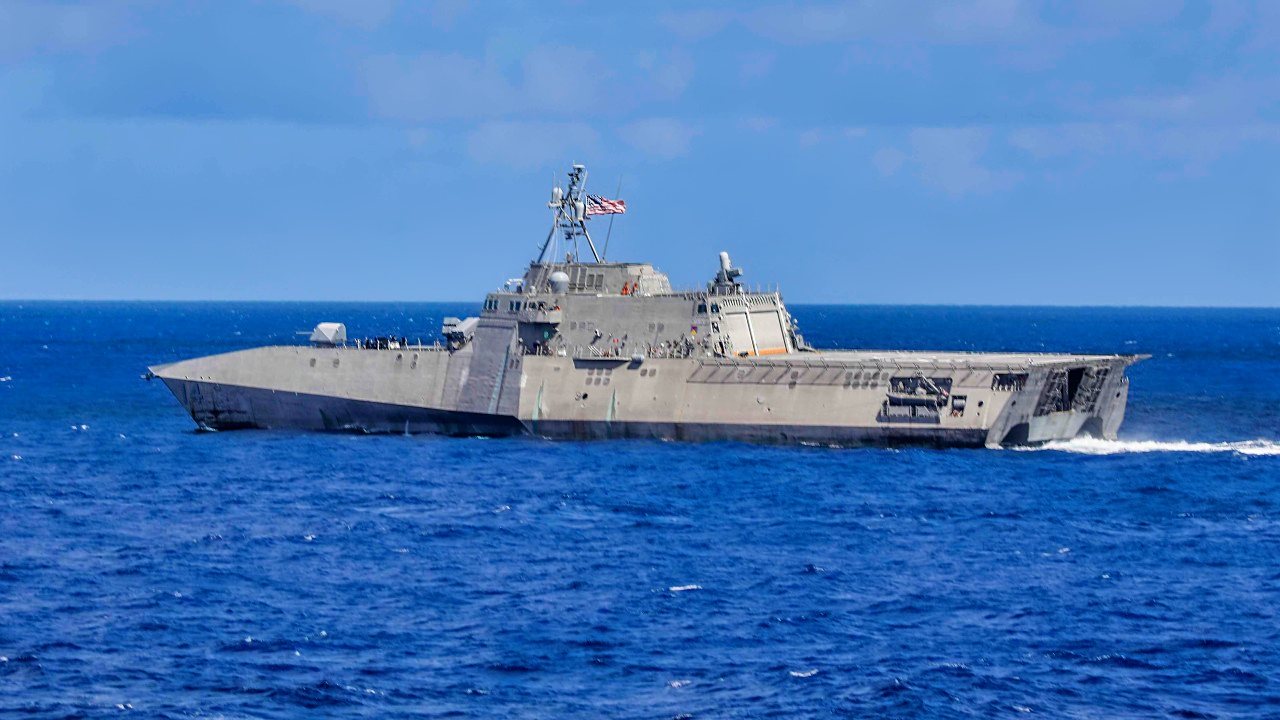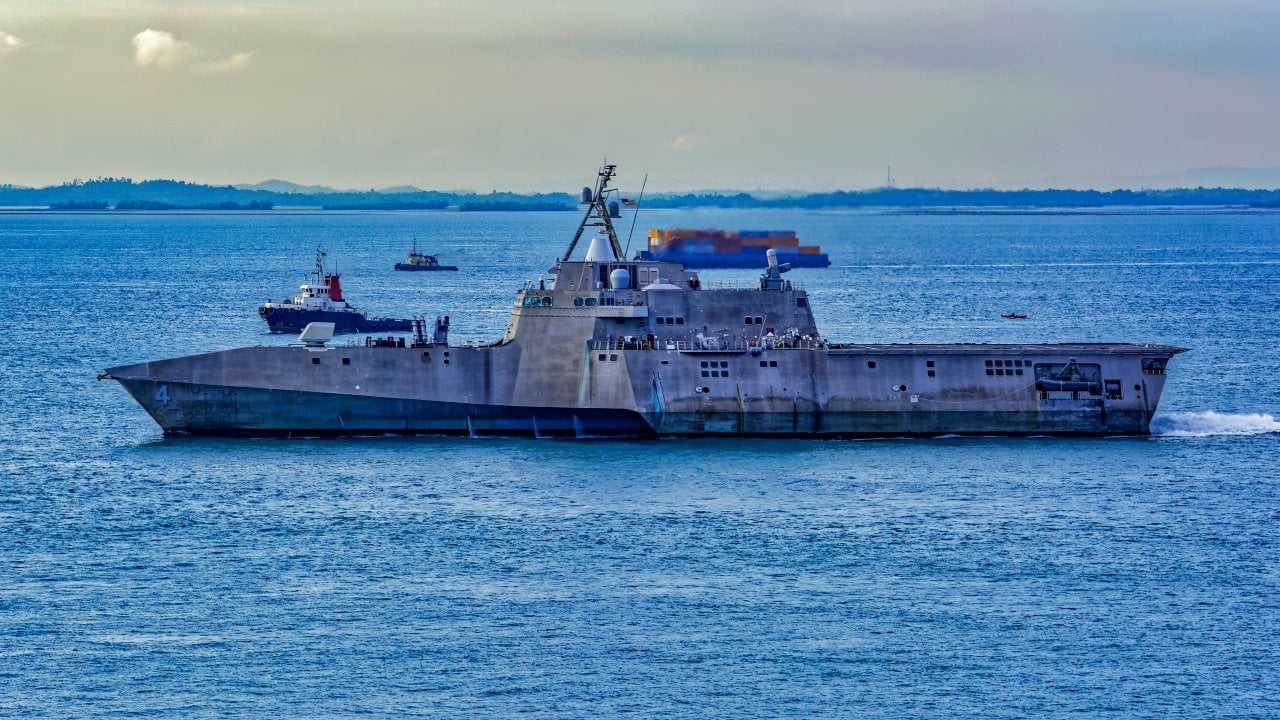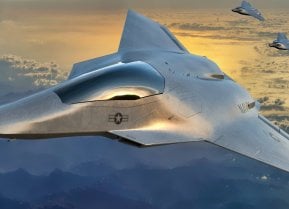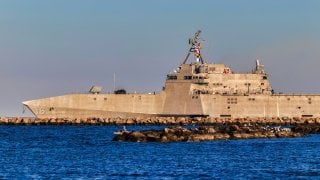The U.S. Navy's Littoral Combat Ship Just Won't Go Away
The U.S. Navy recently accepted the USS Beloit, a Freedom-class Littoral Combat Ship (LCS) built by Lockheed Martin, despite many experts panning these warships as a waste of resources.
What You Need to Know: The U.S. Navy recently accepted the USS Beloit, a Freedom-class Littoral Combat Ship (LCS) built by Lockheed Martin.

-The USS Beloit is the 29th LCS to join the Navy, designed for near-shore and open-ocean operations with a focus on speed and agility.
-Though LCS ships lack the firepower of larger combatants, they are fast, with speeds reaching up to 54 mph. Despite earlier issues with the LCS program, including reliability concerns, the Navy continues to add new LCS ships to meet growing operational demands, particularly as it modernizes to counter China's naval rise.
The U.S. Navy Has a New Warship, A Littoral Combat Ship
On the last day of September, the Navy officially accepted the USS Beloit from the manufacturer, Lockheed Martin.
The USS Beloit isn’t just any surface combatant. It’s a Littoral Combat Ship (LCS), one of the most controversial classes of warships in the recent history of the Navy.
A New Warship
The USS Beloit is the twenty-ninth LCS ship to join the Navy. The new warship is a Freedom-class LCS, there are also Independent-class LCSs, and designed to operate mainly in littoral waters, or close to the shore.
LCS warships are fast, very fast. Independent-class LCS can hit speeds of fifty-one miles per hour, forty-four nautical knots, while Freedom-class LCS can achieve speeds of fifty-four miles per hour, forty-seven nautical knots.
“Beloit is another shining example of what it means to finish strong,” said Capt. Matthew Lehmann, program manager of the Littoral Combat Ship program office, said. “Our industry partners stood up to the challenge to deliver this ship on an aggressive schedule. Beloit’s delivery is helping the Navy to put more players on the field.”
However, LCS warships don’t pack the same firepower as guided-missile cruisers and destroyers. In terms of weaponry, LCS warships carry a combination of surface-to-air missiles, such as the RIM-116, anti-ship munitions, such as the RGM-184, and surface-to-surface weapons, such as the AGM-114 Hellfire. They can protect themselves and their surroundings but are at a disadvantage when going up against a larger surface combatant.

“LCS 29 is equipped with the Freedom-class combining gear correction, which will enable unrestricted operations. This correction addresses a class-wide issue that was identified as the Fleet deployed Freedom-variant LCS in greater numbers,” the Navy stated in a press release.
“The LCS class consists of fast, optimally manned, mission-tailored small surface combatants capable of operating in both near-shore and open-ocean environments to address twenty-first-century coastal threats,” the Navy stated.
But one of the benefits of the LCS warships is that they are easy to make and require a small crew, between seventy-five and 115)
“Beloit completed her Acceptance Trials in August 2024, marking the final milestone before delivery to the Navy. During these trials, the Navy conducted comprehensive testing of LCS 29's systems across multiple functional areas essential to performance at sea, including combat systems, main propulsion, auxiliaries, and electrical systems,” the Navy added.
The USS Cleveland, the next and final ship of the Freedom class, is under construction and will be delivered in 2025.
The Rise of China and the LCS
With the Chinese Navy on the rise, the U.S. Navy is spending big on modernizing and expanding its fleet. There is a new aircraft carrier class, the Ford class, as well as a new frigate class, the Constellation class, for the first time after many years. Moreover, the Navy is working on a new class of submarines, the Columbia, while also adding more new Virginia class fast-attack nuclear-powered subs. The Littoral Combat Ship is also a fairly recent program, having begun in 2002, with the first warships have been delivered in 2008.
However, the Littoral Combat Ships have been riddled with serious issues, restricting their availability and operational use. Overall, the Navy is disappointed in the program and has even decommissioned several ships of the class very early. So why is the Navy accepting new warships of the class? Mainly because the Navy needs surface combatants to meet its vast demands. As such, Navy leaders are trying quite hard to make existing and new LCS warships a success.
About the Author:
Stavros Atlamazoglou is a seasoned defense journalist specializing in special operations and a Hellenic Army veteran (national service with the 575th Marine Battalion and Army HQ). He holds a BA from the Johns Hopkins University and an MA from the Johns Hopkins’ School of Advanced International Studies (SAIS). His work has been featured in Business Insider, Sandboxx, and SOFREP.
Image Credit: Creative Commons and/or Shutterstock.


